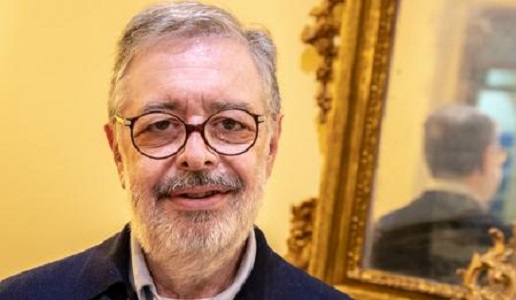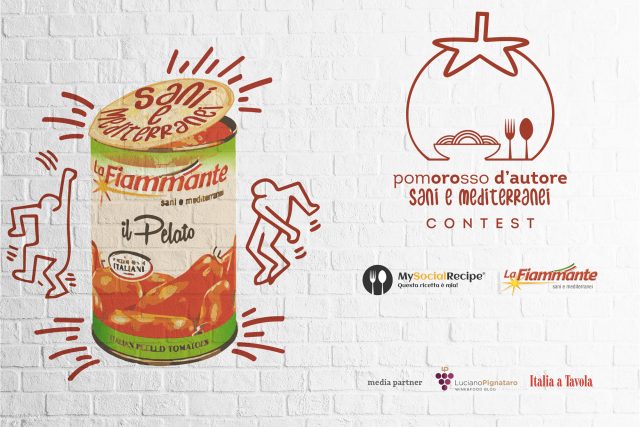Cronache di Gusto interviews Daniele Cernilli

As part of the column "The Summer of...," Dario La Rosa heard from Daniele Cernilli for Cronache di Gusto. Here is the full interview.
CdG: What have you been drinking lately?
DC: As a good Roman I'm more of a bianchista, then it's also very hot so I love to drink whites. Not too many wines actually. I have the gynecologist syndrome. Wine is a point of analysis. Reason for study and not mainly for pleasure. Of course I also have passion for it, 2021 I must say was an important vintage. Very good Fiano wines from Campania, as well as Carricante wines from Etna. Then I have passion for Friuli and Alto Adige. Also some Verdicchio and Trebbiano d'Abruzzo, I'm passionate about. Then there are wines that are coming or re-emerging like Timorasso from Tortona. Gavi also, very popular in England from Cortese grapes. Among the new areas I was surprised by the border between Tuscany and Liguria. Then there is no shortage of great classics, such as Bianco di Custoza. On the reds what can I say, I drink bottles that are not too full-bodied and imposing to be enjoyed at somewhat lower temperatures. Wines like Santa Maddalena, from Alto Adige, or lesser-known Tuscans like Morellino di Scanzano or Cerasuolo di Vittoria to name a Sicilian or Bardolino from Veneto. These are drunk with pleasantness. Maybe at 14 degrees and not 18, to be paired with fish with tomatoes and not just great roasts.
CdG: What books do you keep on your bedside table, however, a man who, like you, creates books?
DC: I am passionate about history, as a philosophy graduate former teacher. I am reading "The Normans of the South" by John Julius Norwich, an English historian and diplomat, published by Sellerio. Interesting book because it tells the birth of that kingdom.
CdG: On your website you often talk about wine tourism, do you think you can one day make tourism by putting your hands on harvesting or pruning, for example?
DC: Wine tourism is flourishing more and more, thanks to the hospitality and catering offered by wineries. As far as processing is concerned, one has to be careful because there would be both union and safety aspects to consider, so I see us more of educational tours where we can observe how things are done. But it is a world that can be experienced equally fully and also not spending too much, a little bit all over Italy.
(To learn about accommodations within wineries, see the guide Eating and Sleeping in the Vineyards by DoctorWine, n.d.r.)
Top, Daniele Cernilli photographed by Vincenzo Ganci for Cronache di Gusto
Translated with www.DeepL.com/Translator (free version)

 Italiano
Italiano







